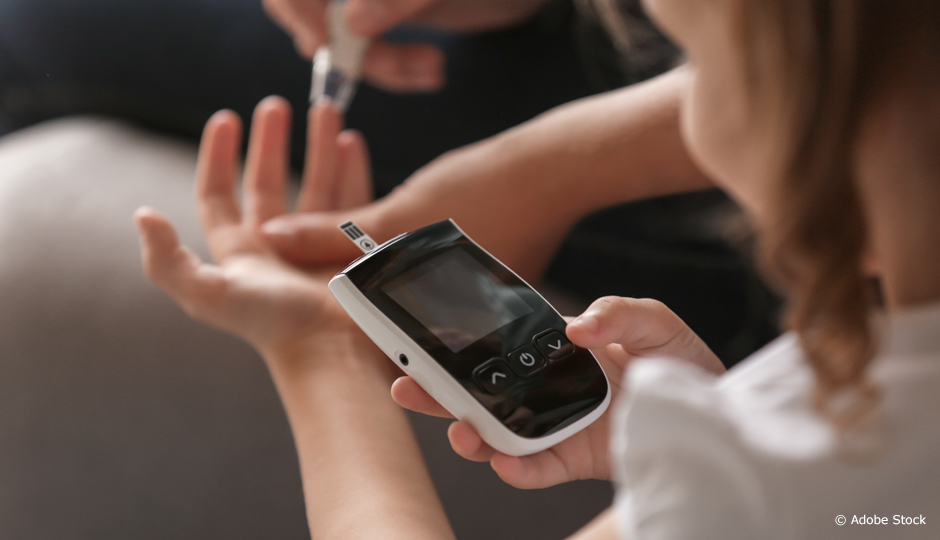Glucagon—the hormone that causes blood sugar to rise—was commonly believed to have the opposite effect of insulin in controlling diabetes. Jennifer Estall, professor in the Faculty of Medicine at Université de Montréal and researcher at the Montréal Clinical Research Institute (IRCM), turned the tables by demonstrating that glucagon actually makes the liver more attuned to insulin signalling, which lowers blood sugar when it’s too high.
Jennifer Estall turned the tables by demonstrating that glucagon actually makes the liver more attuned to insulin signalling.
In non-diabetics, the pancreas interacts with the liver by producing glucagon and insulin. When the pancreas releases glucagon (when the body fasts at night, for example), the liver understands that it must use its glucose reserves and produce more, if necessary. When the pancreas releases insulin, the liver recognizes that it must stop generating glucose.
In people with type 1 diabetes, the pancreas no longer secretes insulin. In people with type 2 diabetes, the body does not respond well to insulin and, eventually, the pancreas produces less. To lower their blood sugar levels, patients with type 1 diabetes and some with type 2 diabetes must inject insulin throughout the day. It was thought that glucagon, which the pancreas can still produce, hindered the insulin. Jennifer Estall demonstrated that glucagon does not lead to higher blood levels in mice when it activates a protein that causes the liver to react more quickly in the presence of insulin. Her research underscores the importance of gaining a better understanding of how glucagon works as an ally—and not an adversary—in controlling diabetes.




